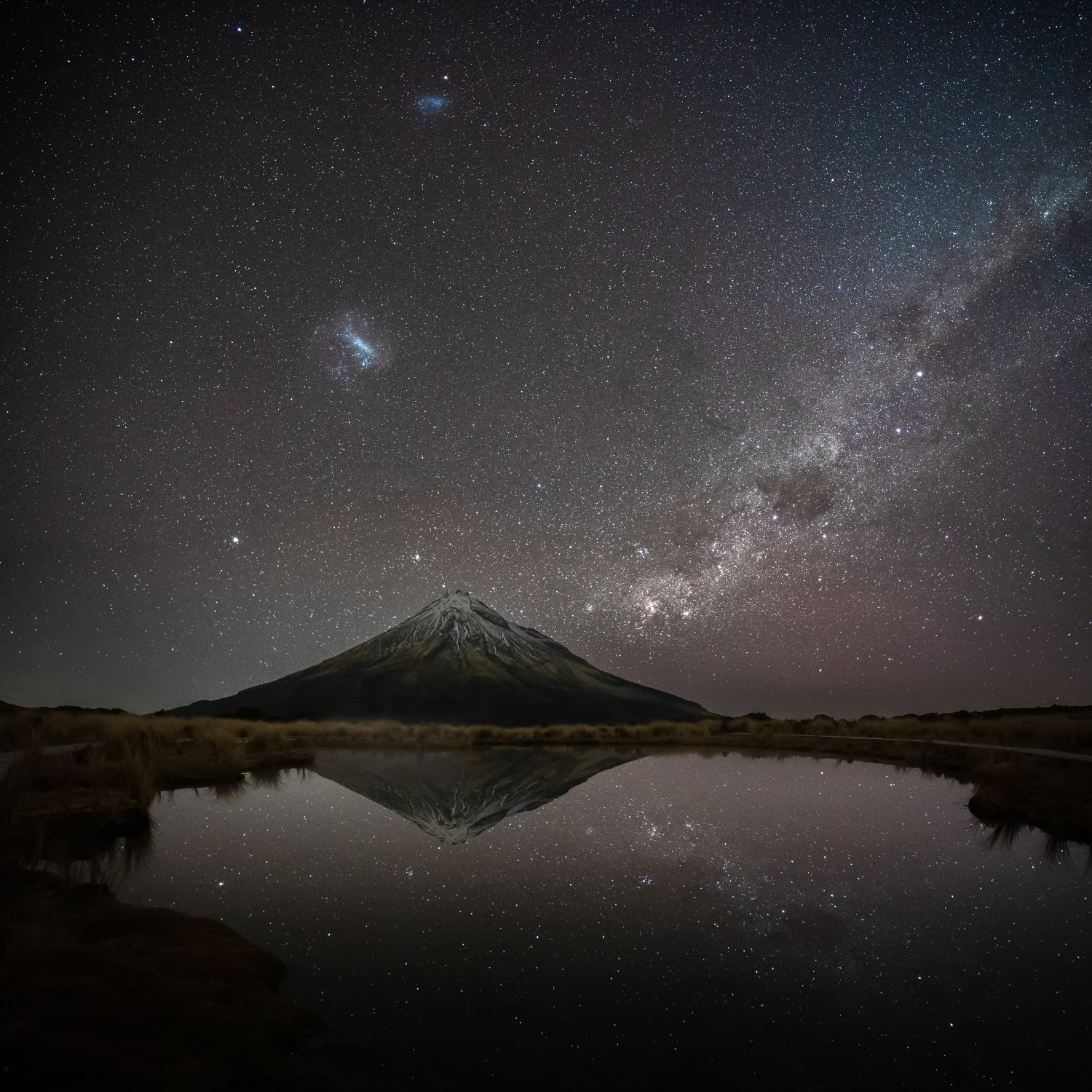

Exploring the Solar System: Teach Kids about Space Science
Embarking on a journey through the vast expanse of the solar system can ignite a sense of wonder and curiosity in children.
Learning about planets, constellations, and the mysteries of space science becomes an exciting adventure. In this blog, we will present interactive activities and experiments that will engage kids in hands-on learning, helping them explore and understand the wonders of the solar system.
-
DIY Solar System Model: Create a hands-on solar system model with your child using simple craft materials. Paint and decorate Styrofoam or paper-mache balls to represent the different planets. As you assemble the model, discuss interesting facts about each planet's characteristics, such as size, distance from the Sun, and unique features. This activity encourages spatial understanding and familiarizes kids with the solar system's components.
-
Stargazing and Constellation Spotting: Take advantage of clear nights to go stargazing with your child. Use star maps or smartphone apps to identify constellations visible in the night sky. Teach them about significant constellations like Orion, Ursa Major, and the Southern Cross. Encourage their creativity by connecting the stars to form their own imaginary constellations and sharing stories inspired by them.
-
DIY Rocket Launch: Engage children in a hands-on experiment by building a simple rocket using a plastic film canister and effervescent tablets. Fill the canister with water, drop in the tablet, close the lid, and place it upside down on the ground. As the gas builds up, the rocket will launch into the air. Discuss the scientific principles behind the rocket's propulsion, introducing concepts such as force, pressure, and Newton's laws of motion.
-
Planetarium Visit or Virtual Tour: Visit a local planetarium or take a virtual tour to introduce children to a simulated space environment. These immersive experiences provide a captivating journey through the solar system, giving kids an up-close look at planets, moons, and other celestial objects. Encourage them to ask questions and engage in interactive discussions with experts at the planetarium.
-
Astronaut Training Obstacle Course: Design an obstacle course that simulates the challenges faced by astronauts in space. Set up activities that test their balance, coordination, and problem-solving skills. For example, create a "zero gravity" area where they have to move while pretending to be weightless or set up a puzzle that requires them to repair a space station. This activity enhances physical coordination and introduces kids to the physical demands of space exploration.
From building a solar system model to stargazing and simulating space missions, these experiences help kids develop a deeper understanding of space science concepts. Encourage their curiosity, foster a love for learning, and inspire their imagination as they unravel the mysteries of the solar system.
While you're here, take a look at these blogs: STEM toys for kids, how nature and science exploration can foster creativity, and at-home experiments for children.